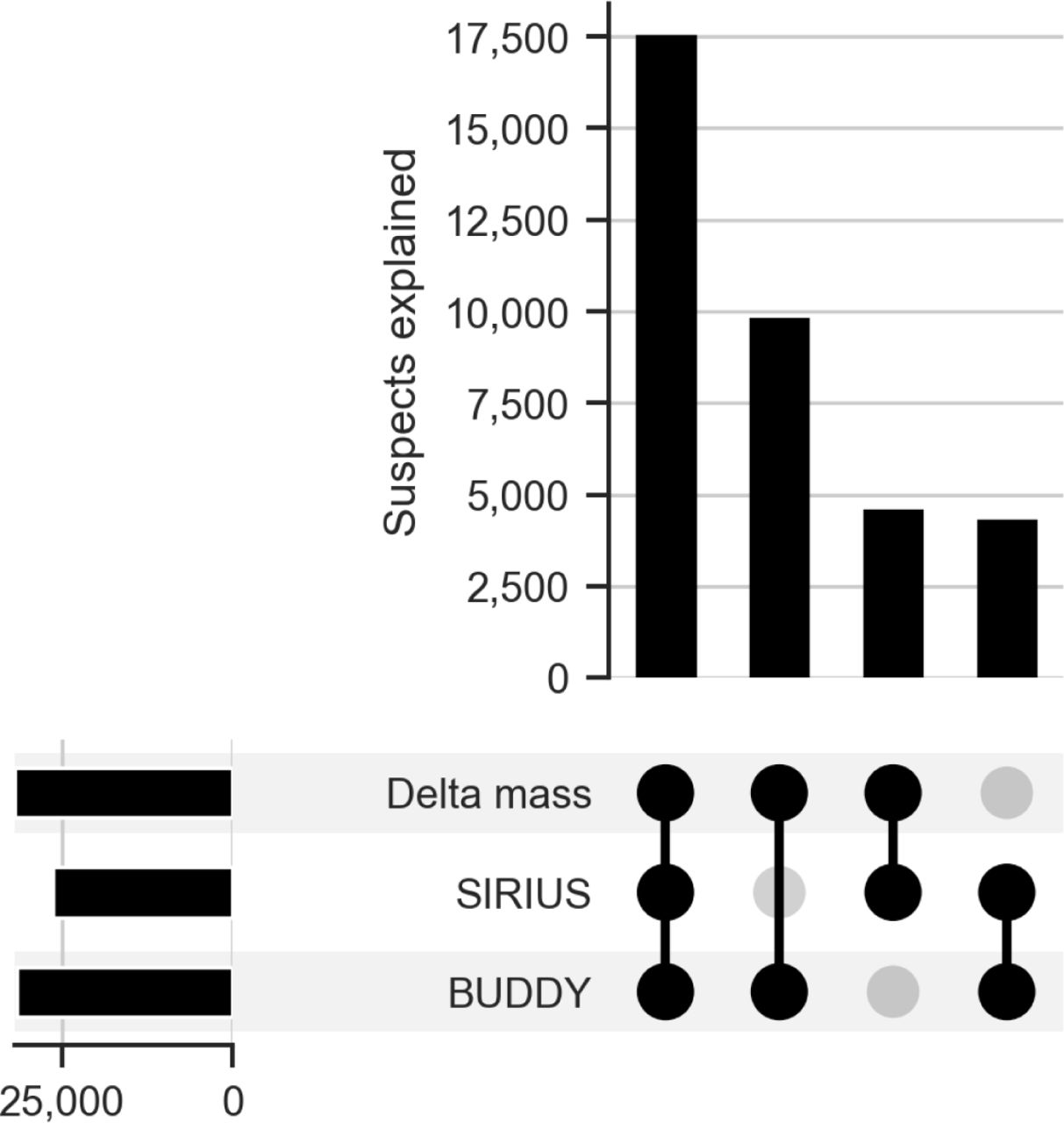
Title: NIH Fast Tracks Open Access Policy for Federally Funded Research
In a crucial decision aimed at broadening access to scientific research, the National Institutes of Health (NIH) has declared that it will roll out its revised Public Access Policy six months ahead of the initial timeline. The new regulation, now scheduled to take effect on July 1, 2025, rather than at the end of 2025, requires that all peer-reviewed articles and related data that are partially or fully funded by the NIH be made freely and immediately available to the public upon publication.
A Move Towards Open Science
The expedited policy forms part of a larger federal initiative to ensure that research funded by the public is accessible to taxpayers. According to this new mandate, any final peer-reviewed journal article, along with additional materials such as methods and extended data sets, must be submitted to PubMed Central, the NIH’s publicly accessible digital repository, at the time of publication.
This represents a notable shift from the NIH’s 2008 policy, which permitted a 12-month embargo before NIH-funded papers had to be published as open access. The updated 2024 Public Access Policy aims to eliminate this delay, highlighting the significance of timely access to research findings for promoting innovation and advancing public health.
Policy Background and Political Context
The revision of the policy aligns with a directive from the White House issued under the Biden administration, which intends to enhance access to scientific knowledge and make it more inclusive. “The public funds this research and therefore deserves to have access to it,” NIH officials stated, emphasizing that early access is essential for accelerating biomedical discovery.
Interestingly, a similar initiative was contemplated during the Trump administration in 2019. Nonetheless, the proposal faced pushback from stakeholders such as academic publishers, leading to its eventual abandonment amid public outcry following a leaked draft.
Stakeholders Respond
The announcement has generated mixed responses from the academic and publishing sectors.
Proponents, including the NIH itself, underscore the robustness of current data-sharing systems and the extensive familiarity with open-access compliance strategies developed over nearly two decades. With over 1.5 million NIH-funded articles already accessible through PubMed Central, the agency is confident that the scientific community is ready to adjust to the new timeline.
“The infrastructure to facilitate this change is already established, and there exists a free pathway for compliance,” stated the NIH. “Accelerating the schedule honors the public’s investment in NIH-supported research.”
Conversely, key stakeholders have voiced concerns regarding the swift acceleration.
The Council on Governmental Relations (COGR), which represents U.S. research universities and medical centers, released a statement cautioning that the expedited timeline could complicate the effective enactment of the policy. “This new effective date will place additional burdens on researchers and their institutions to adhere to the deadline,” remarked COGR President Matt Owens. He further noted that the announcement fails to consider public input collected during an NIH comment period in August 2024. Owens added that these modifications coincide with the introduction of new federal certification and financial reporting obligations, compounding the administrative load.
Academic Publishers Weigh In
The Association of American Publishers (AAP), which represents journal publishers, offered a more nuanced reaction. While recognizing the importance of the policy in preserving U.S. scientific leadership, the AAP voiced concerns regarding potential disruptions during the transition phase.
“Accelerating the deadline for NIH open-access requirements will likely lead to disruptions for both researchers and journals as they adapt,” stated Carl Maxwell, senior vice president of public policy at AAP. He underscored the need to safeguard the peer-review process while improving access to research.
Looking Ahead
As the July 1, 2025 implementation date draws near, research institutions, publishers, and scientists are readying themselves for what may be one of the most significant transformations in scientific publishing in over a decade. While the policy is designed to enhance access and collaboration in science, its effectiveness will hinge on how adeptly researchers and institutions can navigate the new requirements within a shortened timeframe.
Given the potential for increased administrative and logistical pressures, ongoing communication between NIH, publishers, and academic institutions will be crucial to ensure that the transition promotes—not obstructs—the progress of scientific knowledge and public health.